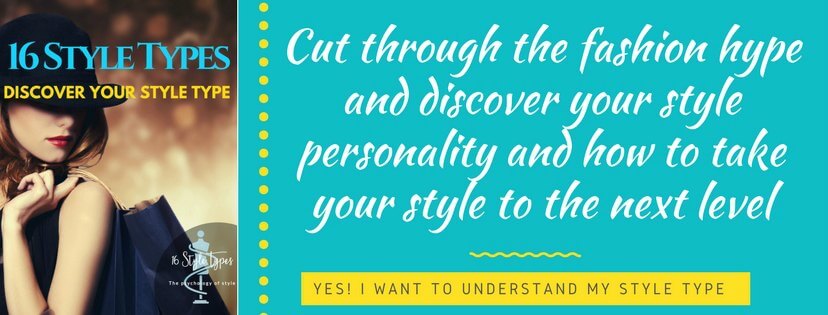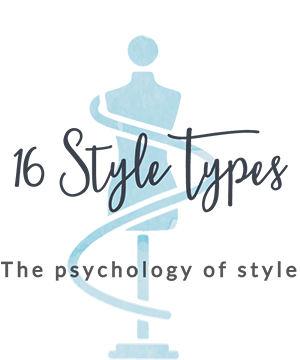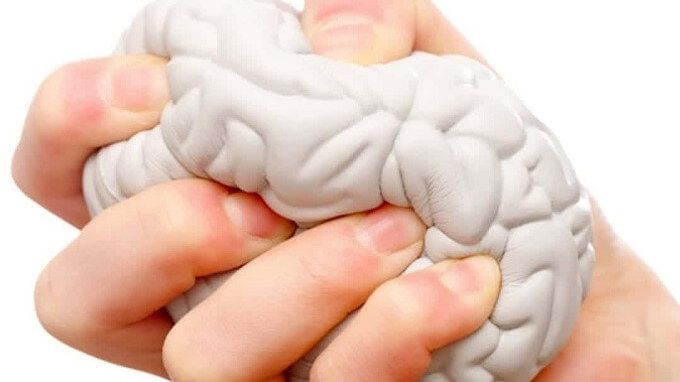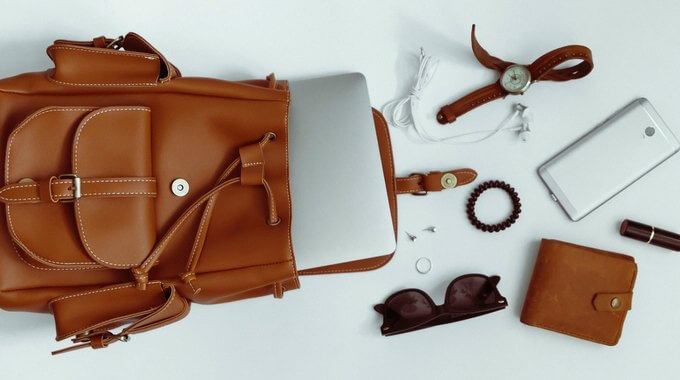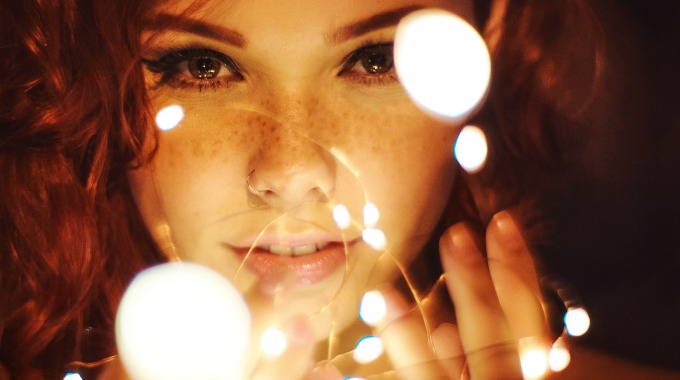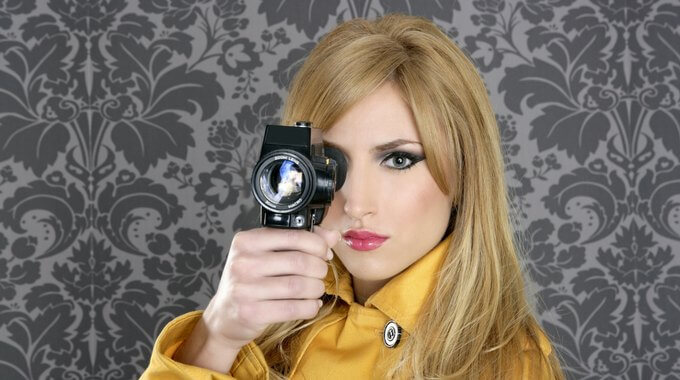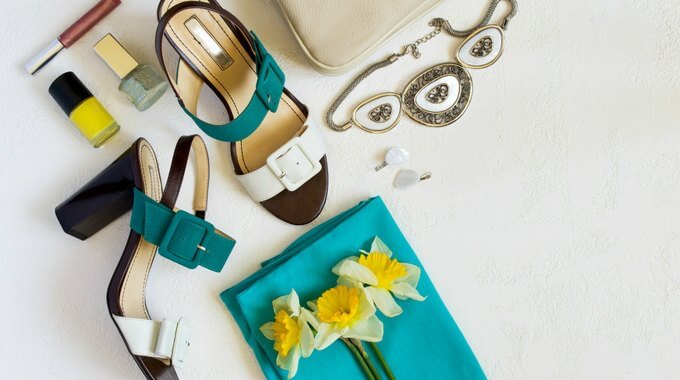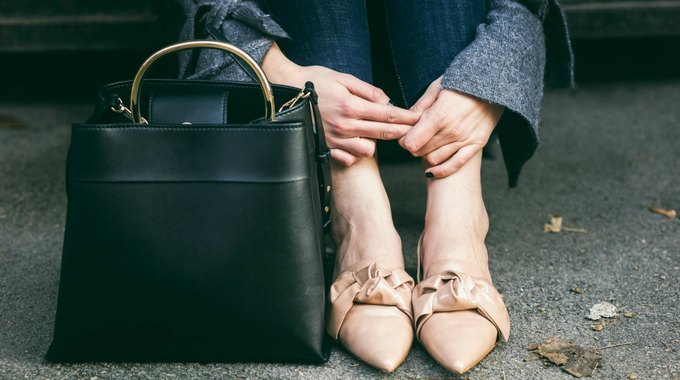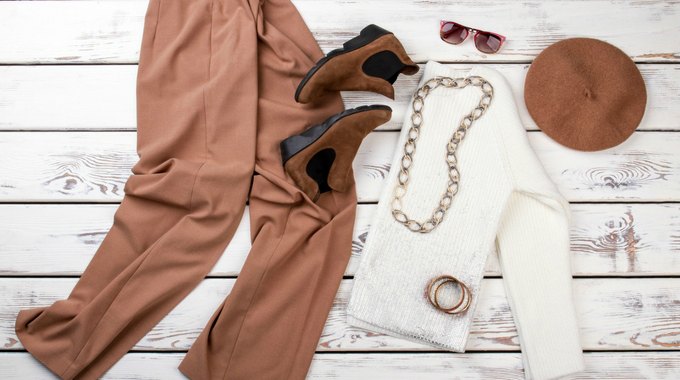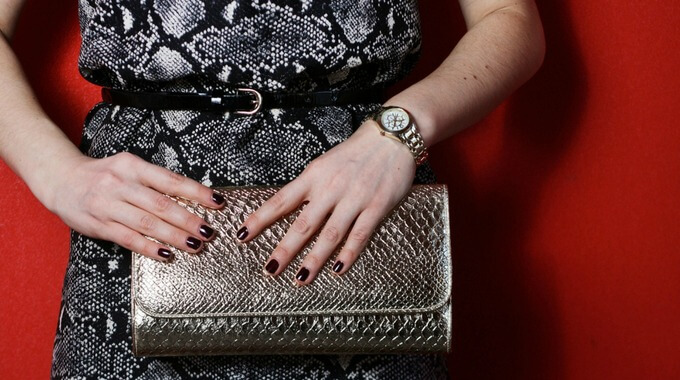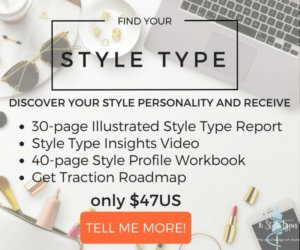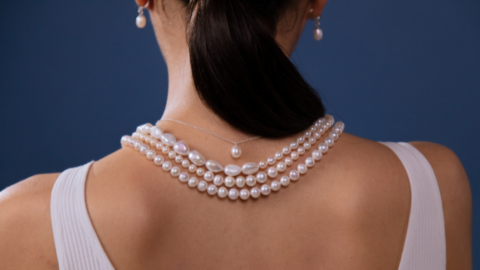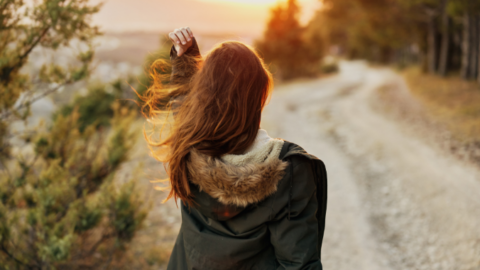By Jill Chivers
We all experience stress, and what causes it and our responses and reactions to it differ hugely. Our Psychological Type can hold some significant answers to what causes us stress, and how we can reset ourselves to reduce the effects of stress.
When it comes to style stress, each of the 16 Style Types encounters stress in relation to her appearance, her style, and how she looks. The particular nature of the style stress she encounters will differ from Style Type to Style Type, including what triggers it and how each woman typically reacts to it.
What stresses the Complex Stylist INTP when it comes to her style will differ markedly from what stresses the Charming Stylist ESFJ, her four-letter Type opposite. As it will the Charismatic Stylist ENFP and Appropriate Stylist ISTJ, and so on for all of the 16 Style Types.
In this four-part series, we’re going to explore each of the 16 Style Types and how they experience style stress, why they experience it, and how they can reduce its impact and return to some form of equilibrium. We’ll start with this first article with The Style Strategist women who have NT (for iNtuition and Thinking) in their Style Type code.
Why Style Stress?
We are more than our appearance, and certainly we are more than our clothing – who we are inside is a huge part of what makes us who we are. Part of what makes us human is the ability to have, and be aware of, our inner and outer experience of ourselves.
It’s equally true that the clothing we choose to wear signals something – to ourselves, the wearer, and also to others who encounter and interact with us.
It is this intersection point between the inner and outer experience that we believe we have the greatest contribution to make, here at 16 Style Types, to the world of psychology and to style. We acknowledge and honor the deep inner core of each woman, and we appreciate the power of expressing that in an individual, authentic way.
Whatever your ideals are on the notion that we should or should not be judged by our appearance, smart women know that their appearance comes into the equation. At the very least we are judging ourselves in some way or another. If, when, and how we can shrug that off and when it gets in our way varies greatly.
Our Style Type plays a significant part in the style stress we experience, and what we do in response to it when it happens to us.
Click here to read more on why style is not shallow or skin deep
The Style Strategist – NT Style: Big Ideas + Competence
Each of the Super Styles takes a unique approach to style. The approach that The Style Strategist women with NT (for iNtuition and Thinking) in their Style Type have to style is defined by big ideas and competence. Presenting herself in a way that expresses and reveals her knowledge, capabilities, and overall aura of ability are at the very essence of the style needs for NT women.
Click here to learn more about the NT approach to style
Let’s go through each of the Style Strategist NT Style Types in turn: Complex Stylist INTP, Enterprising Stylist ENTP, Independent Stylist INTJ, and Standout Stylist ENTJ.
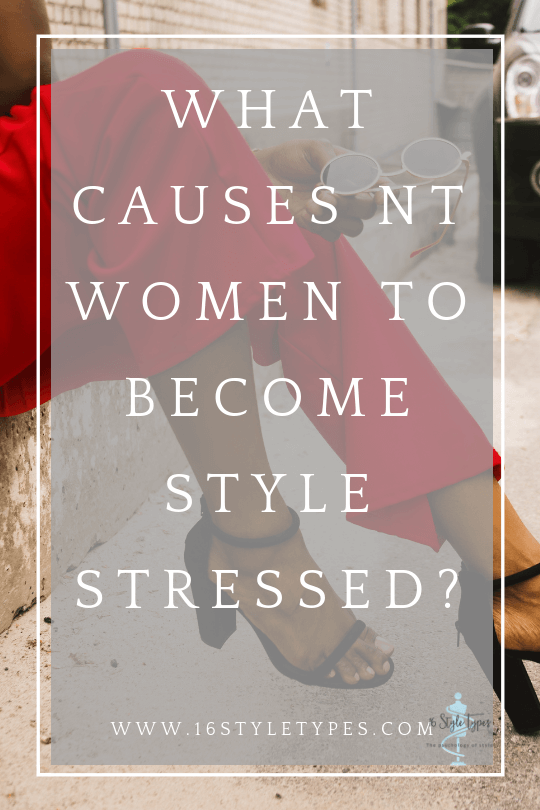
INTP Stress and Style
On a lifelong search for reason, underlying principles of action and truth, the Complex Stylist INTP can become style stressed when faced with illogical style information that simply makes no sense to her. The innumerable ways style stress can show up include:
- Overwhelm due to too many style activities and interactions with not enough alone time to make sense of it all. She may be on a quest to understand style better, gathering quantities of style information from various sources – without adequate time to analyze all she’s learning into a personalized style template, she can lose connection to what she’s learning very quickly
- When the style information she’s acquiring is illogical to her, has no internal structure or organization to it, or is presented in an overly expressive (or worse, emotional) way
- When her work or social environment places far more emphasis on being stylish rather than having a personal sense of style, or prioritizes appearance above competency to an uncomfortable degree
If stressed, INTPs can become obsessed with applying logical analysis to all they encounter, finding minor inconsistencies that cause them to become overly critical; in an attempt to make sense of it all, they can cause offense and upset.
Breaking the cycle of INTP style stress
Pathways that help INTPs regain equilibrium include more productive use of Feeling, including the following strategies:
- Deliberating focusing on relationships and values, and healthy interactions with especially chosen others. Key discussion points could include: What are the personally meaningful aspects of style to reconnect with? What aspects of style am I especially drawn to? What do I like? What small, clever accommodations can I make that would get the “style police” off my back in this environment?
- Factoring in social time that’s connected with style. Browsing with others in a shopping environment that isn’t too overwhelming, joining a supportive style program catering to your specific needs (for women over 50, or those interested in the psychology of style, for example), sharing her style file with style buddies, joining a group where daily outfit photos can be posted and supportive feedback received
- Focusing in on what is meaningful about style – listing out the important values that having a great style allows her to do and where style intersects and enables her to do what’s significant and worthy
ENTP Stress and Style
Outstanding out-of-the-box problem solvers, the Enterprising Stylist ENTP can find herself style stressed if she feels too constrained and limited by nonsensical style parameters. Style stress can show up in any number of ways but include:
- Being forced to make style choices which question her competency and make her feel inept such ,as being told to dress in Business Casual and not knowing what that is exactly, or being advised to become more current in her wardrobe choices but not knowing how to pull it off
- Being constrained by seemingly archaic style parameters (such as what is appropriate Corporate Casual wear) that she doesn’t understand the underlying principles of (worsened by feeling incompetent if she can’t create the look – I mean, how hard can this stuff actually be? … which can quickly be followed by And why is this stuff even important in the first place?). This can be exacerbated without enough guidance from trusted others to help her figure out her style solutions
- Being buried in minutiae – style details and facts that detract from the big style picture such as a series of specifications and stipulations on what to wear, when she first needs an overarching theme as a guide
ENTPs under stress can overdo, underdo, obsess and overindulge, trying to come up with more options, no matter how outlandish, spiralling into a desolate landscape where there are no more options.
Breaking the cycle of ENTP style stress
Pathways that help ENTPs come to style equilibrium allow for more productive use of Sensing, including the following suggestions:
- Working alone for a stretch in a space that engages the five senses: playing in her wardrobe and trying on everything she owns, spending an afternoon in a fabric store to touch, see and even hear the various fabrics, spending time style filing to identify specific looks that appeal, playing with beads or sewing or knitting or crocheting or even doing a shopping recon just to connect in with all the sights, sounds, textures, and things to touch and physical engage with
- Investing in deliberate self-care such as a regular exercise regime, an engaging morning routine (journaling, quiet time, ‘pages’ as per the Artists Way – just to name a few options), getting a massage or other tactile experience, having a bath or sauna, or other ways to focus on tangible physical needs including getting enough water throughout the day, remembering to take breaks, and getting to bed at a reasonable hour. Simplify, simplify, simplify!
- Getting clear on the facts and the desired outcome. How might a stylish friend define the situation? What are the energy costs (emotion, fatigue, and so on) associated with the problem? What is really happening? What are the practical, doable steps to take to avoid similar situations?
INTJ Stress and Style
Motivated to project a competent, intelligent style that matches an internal vision, the Independent Stylist INTJ can experience style stress when her internal vision doesn’t align with external reality – ideal items can’t be located, ideal outfits can’t be created, or external expectations create an internal conflict. Stress may show up in any number of ways, including:
- She may have the highly uncomfortable feeling that she’s wearing a costume or clothing better suited to someone else, dressing to fit in with external parameters she may or may not have appropriately gauged, and tiring more easily as a result. She “just knows” what she wants to wear at a given time and can feel out of kilter when her outfit doesn’t pass the grade
- She can feel her style choices aren’t within her ideal levels of conscious control if unexpected occurrences interrupt the flow between internal vision and style expression. For example, if her wardrobe plan for the week is disrupted by unforecast weather changes or an ideal item requires cleaning before wear, or she misread what she might need
- Details can easily overwhelm. If external pressures or her style choices result in too many details, she can fail to create her envisioned ensemble. She can get off-track and make style decisions she regrets (tops and bottoms may not harmonize, accessories may be missing or wrong, shoes and handbags may not pull the ensemble together as she wishes)
INTJs may find themselves in a “floodrobe” – surrounded clothes they can’t quite make work for the day or the occasion. She may end up emergency shopping in an attempt to purchase the right piece that will bring it all together (“rushed” is not an ideal shopping condition for INTJs). She may withdraw from normal activities, become pessimistic about her ability to become her most stylish self – that functional individualist.
Breaking the cycle of INTJ style stress
Pathways that help INTJs regain control allow for more conscious use of Sensing, including the following suggestions:
- Getting creative – make something or do something differently. Go to a resin jewellery making class, experiment in her wardrobe creating new ensembles from existing pieces, sew or upstyle loved but outdated items
- Getting physical – inside or outside, make that body move by walking, running, stretching, lifting, moving. Reconnect with the here and now
- Getting positive – concentrate on all that is working. Take photographs of go-to outfits, organize her closet in a pleasing and functional way, and ask for feedback from trusted sources on pieces that she’s undecided on (from existing pieces as well as potential new items she’s considering purchasing) to more closely align inner vision with outer reality
ENTJ Stress and Style
In charge and out front, the Standout Stylist ENTJ is at her best when organizing, marshalling and solving problems for the rest of us. Under stress, the ENTJ can become uncertain of herself, rigid and overly controlling. Any number of things can cause the ENTJ style stress including:
- Doubting her style abilities, especially if she thought she had this ‘style thing’ sorted out and humming along. Perhaps it’s a change in her circumstances (retiring from full time work, or a change in her physicality necessitating a change in style tack) that cause her usual sense of style competence to become shaky – whatever the roadblock to style success is, she feels a lack of control which is deeply unsettling
- When her deliberately acquired style knowledge is turned on its head. Perhaps it’s learning her coloring is cool when she thought it was warm, or that she knew how to do the relaxed casual dressing style now she’s retired but it’s not working, she can struggle when what she’s faced with goes against processes that have always worked – but now aren’t
- When her style decisions aren’t suitable for her circumstances and somehow have the wrong impact or inconvenience herself or others. This is especially upsetting if she thought her choices were in the best interests of all involved
When overwhelmed the ENTJ can become rigid and doggedly determined to carry on as she was, closed to new information or ideas. Extreme task orientation and becoming cold and remote to others can result.
Breaking the cycle of ENTJ style stress
Pathways that aid ENTJs get back in control include using Feeling better, including the following suggestions:
- Stepping back and talking her style dilemmas through with someone who can help her identify different courses of style action and the various ways they might impact on herself – and others
- Getting back in touch with style values and what is really important to her when it comes to her style journey. Re-reading her style pillars (from page 7 of her Style Type Report) can also reconnect her to her underlying style values and principles
- Finding a connection to inner feelings and style motivations such as journaling or reading an uplifting style blog that connects her to what lies beneath the surface and what she really loves when it comes to style
